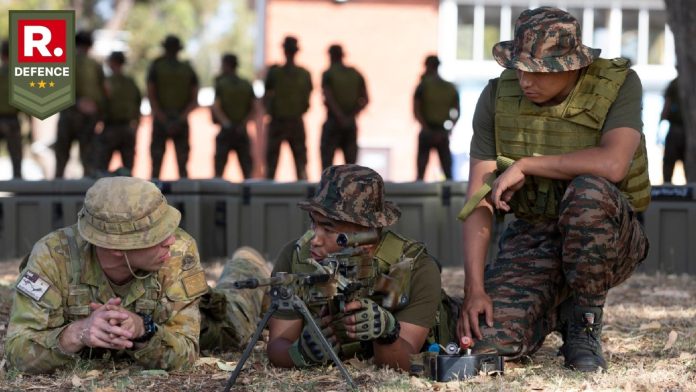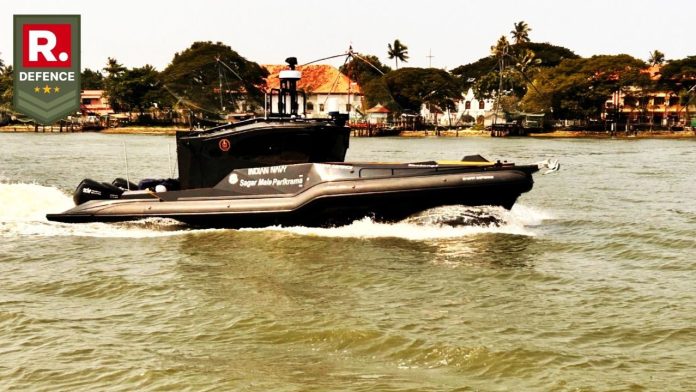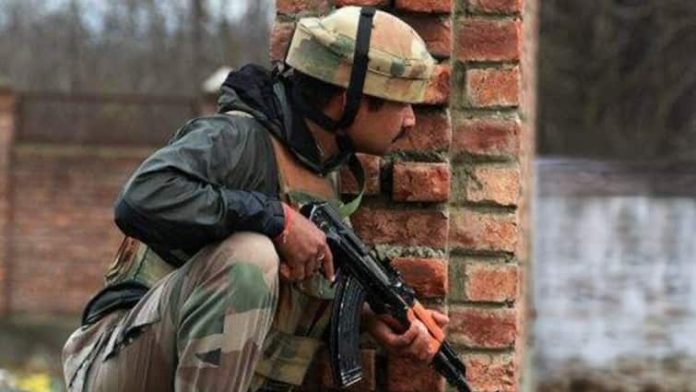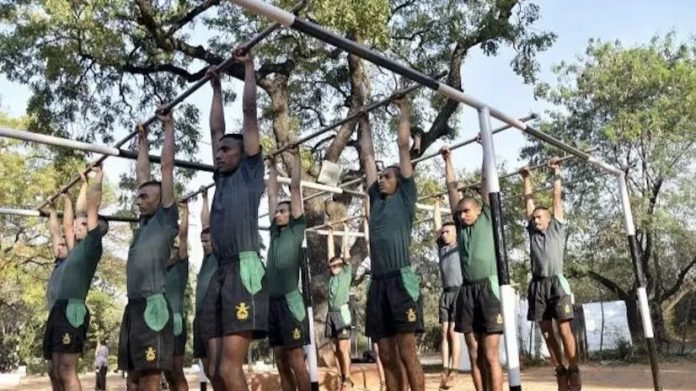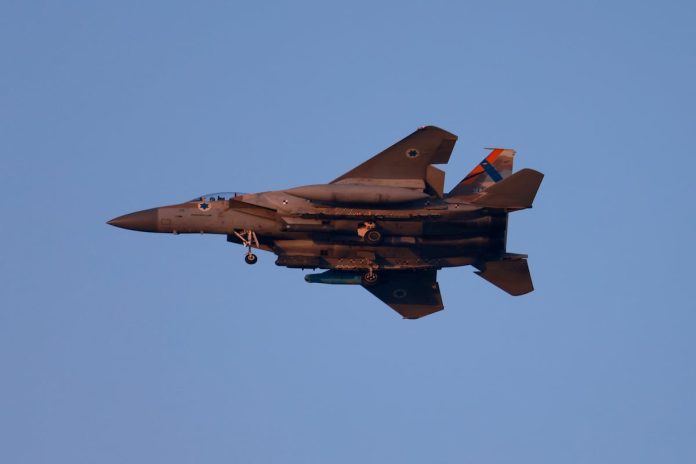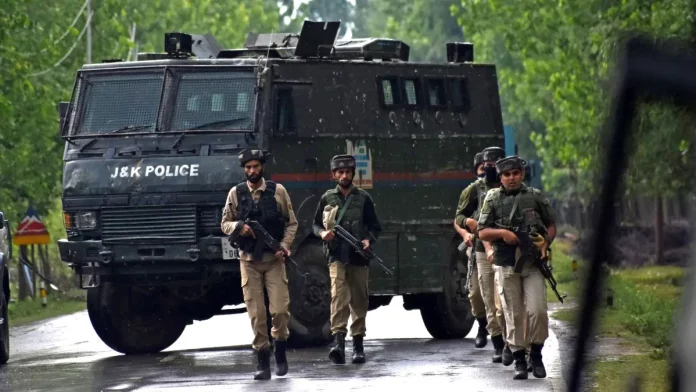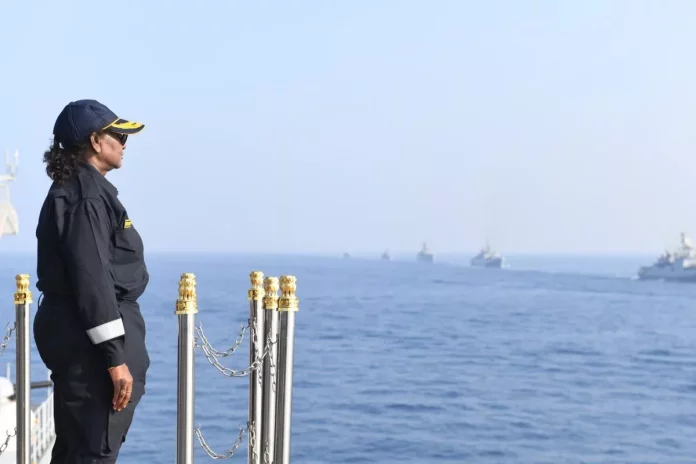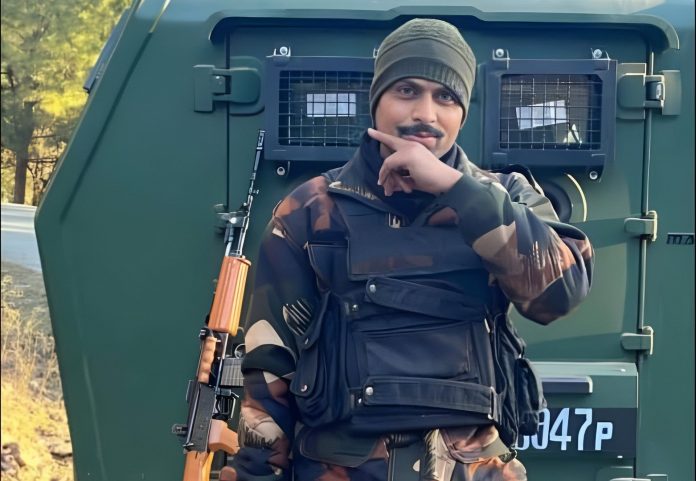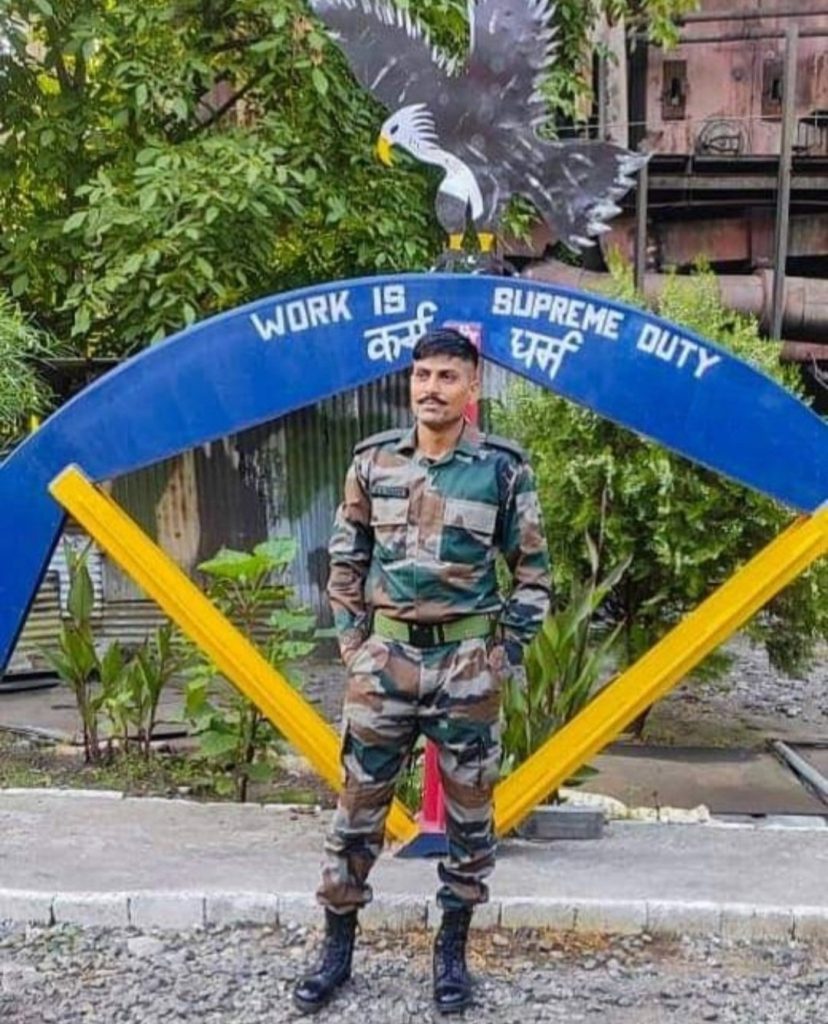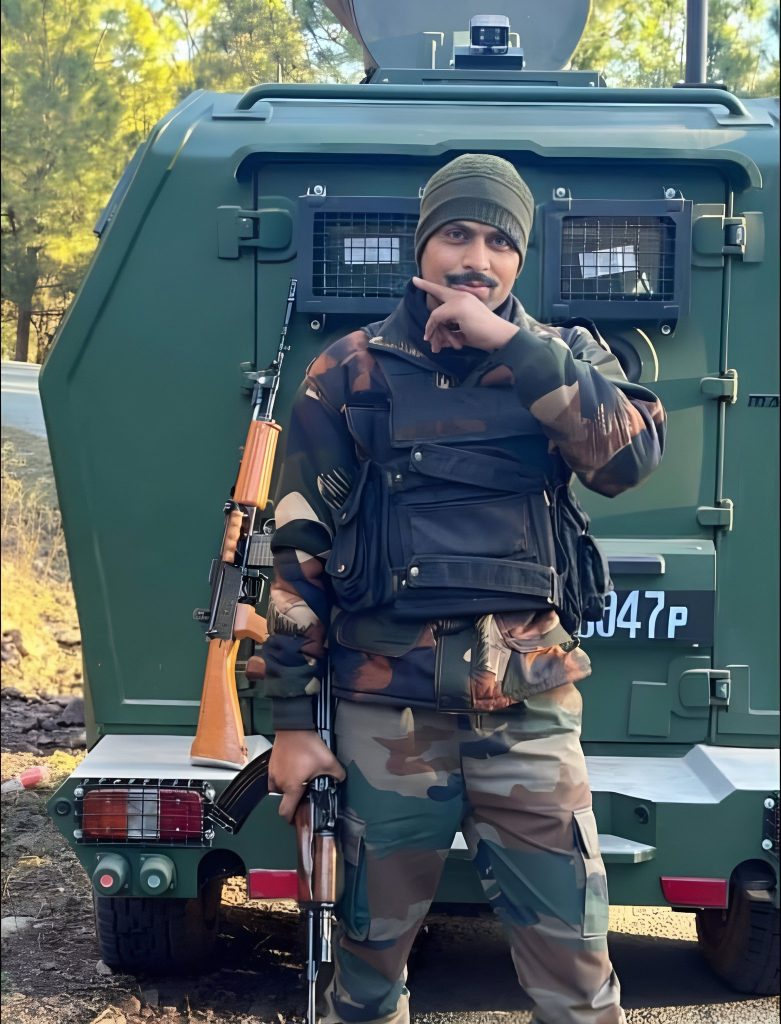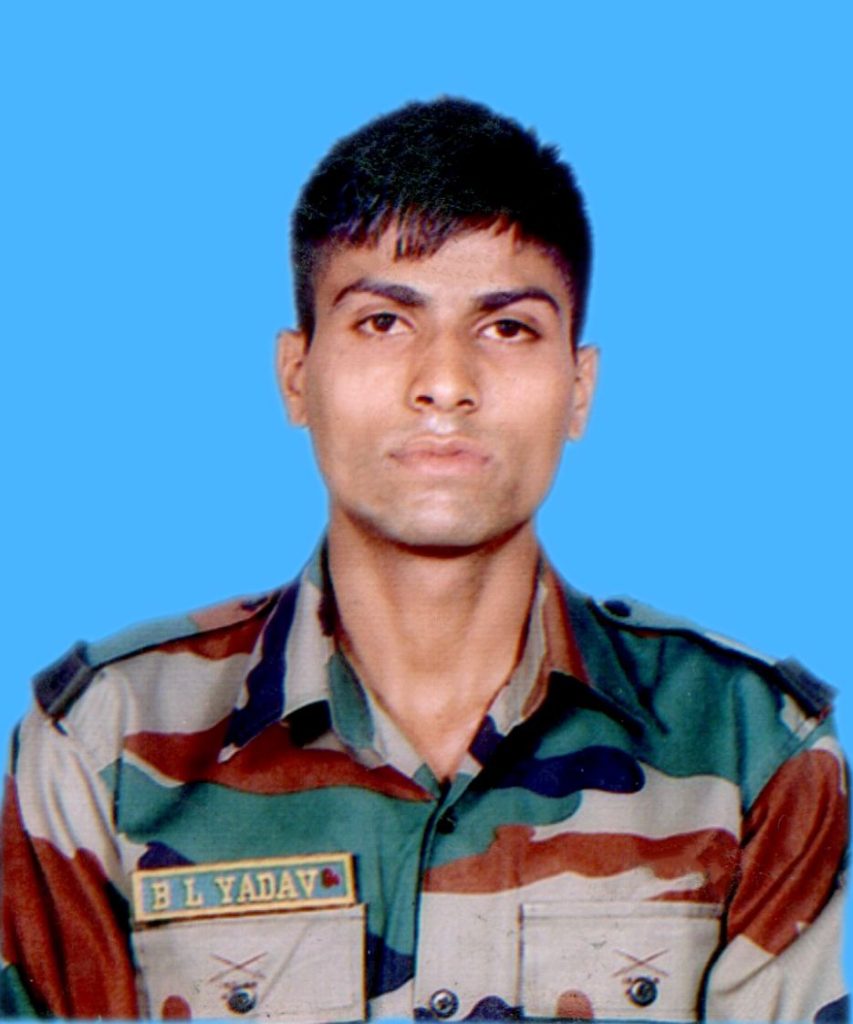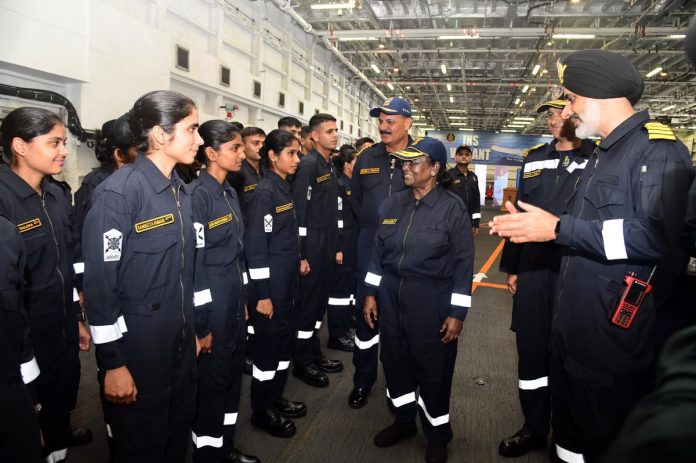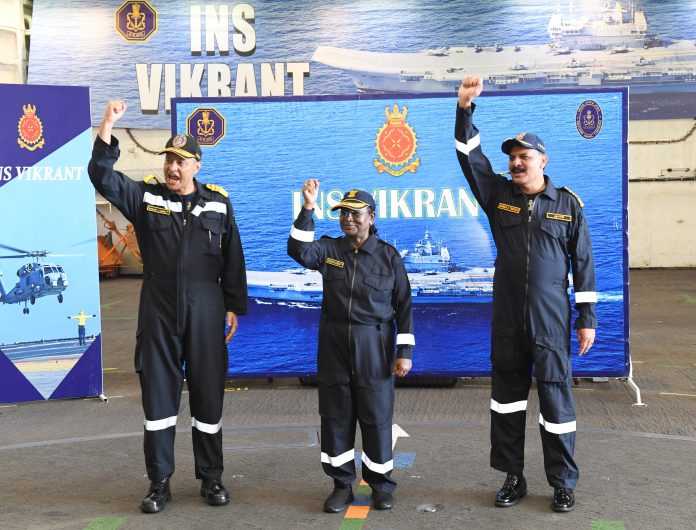India and Australia are gearing up for the 3rd edition of the joint military exercise AustraHind 2024, which is scheduled to take place from November 8 to November 21, 2024, at the Foreign Training Node in Pune, Maharashtra. This exercise marks a significant advancement in the defence partnership between the two nations, underscoring their commitment to enhancing peace and security in the Indo-Pacific region.
AustraHind 2024 is designed to enhance the interoperability of the Indian Army and the Australian Army, focusing on sub-conventional operations conducted under the United Nations mandate. With rising global and regional threats, the exercise aims to improve tactical and strategic coordination between the two forces. It will provide an opportunity for military personnel from both countries to refine their skills in complex peacekeeping scenarios and prepare for modern security challenges.
The core objective of the exercise is to strengthen bonds and enhance capabilities between the two armies. It aims to facilitate joint operations, mutual training in combat tactics, and the sharing of best practices. Previous iterations of the exercise, including AustraHind 2023, were held in Western Australia, where Indian forces primarily focused on peacekeeping operations. Last year, the exercise expanded its scope by including air and maritime elements, signifying a deeper level of cooperation between the two armies.
Colonel Mayank, the Commanding Officer of the Indian Army contingent, stated that AustraHind 2024 would build upon the strong foundation established in previous years. He emphasized the significance of shared experiences and evolving joint tactics, which are poised to enhance the operational effectiveness of both armies.
The history of successful cooperation between India and Australia in military exercises has set a precedent for this upcoming event. During the 2023 edition, held across various locations in Australia, Indian and Australian forces exchanged valuable knowledge and improved their understanding of tactical approaches in complex military environments. The exercise encompassed various drills, ranging from operations in semi-urban terrains to close-quarter battles and sniper techniques. Both forces engaged in joint live-fire activities and tactical simulations, further highlighting their growing synergy.
Brigadier Brett Chaloner, Commander of the Australian 13th Brigade, expressed that the 2023 exercise provided an excellent platform for both nations to collaborate and address shared security challenges in the Indian Ocean region. The integration of air power, demonstrated through the use of Hawk 127 lead-in fighters from the Royal Australian Air Force and live naval artillery fire from HMAS Stuart, showcased the strategic advantages of their military cooperation.
The significance of the AustraHind exercise extends beyond bilateral ties, contributing to broader regional security and stability. Both India and Australia have also deepened their strategic partnership through participation in other multinational exercises like Exercise Malabar 2024, which includes forces from Japan and the United States. These cooperative efforts are critical in shaping a collective response to both conventional and hybrid threats, reinforcing their commitment to maintaining peace and stability in the Indo-Pacific region.
As the countdown to AustraHind 2024 begins, the anticipation for strengthened military collaboration between India and Australia continues to grow, signaling a united front in addressing contemporary security challenges.

